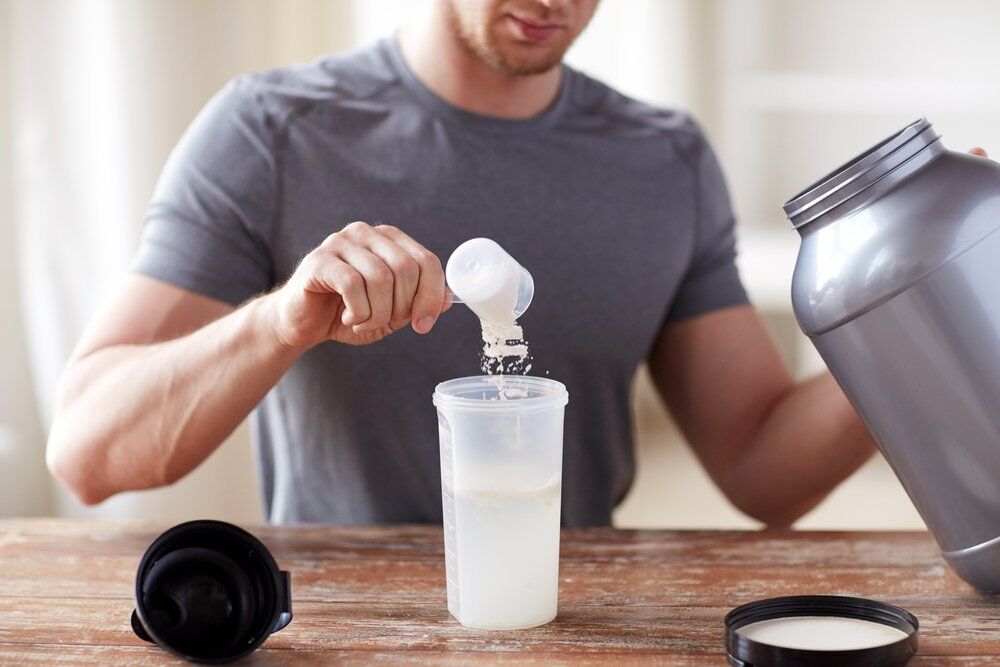
Recovery: Building Your House
There is a saying that some of you may or may not have heard, “You don’t grow in the gym”, although training knowledge is now becoming more readily shared amongst everyone via the internet and social media, people often don’t understand this. Many people still think that you make progress in the gym and ignore the vital aspect of recovery away from the gym. I like to compare it to building a house, you can stack bricks on top of each other for as long as you want, however if you don’t use the correct cement and give it enough time to set the house will just fall down. That’s similar to your body, you can lift all you want but if you don’t put the correct fuel into your body and rest enough you will stop improving.
Go hard, then go home.

The problem most people have is that they think by staying in the gym for hours on end or putting in that extra 5 sets they will make more progress. Now I’m not saying that’s the case but think of it like this, the more damage you do to something (In this case our bodies), the more work has to go into repairing it. Think about the house again, building one from scratch requires much more time and raw materials than converting an existing one. This is the same for our bodies, the more damage we do to muscles in the gym the more recovery time is needed along with a greater amount of quality food to repair the muscles. Now, don’t sit there thinking “great I’ll go and do 5 squats, go home and eat a ton of food to get stronger or bigger”. Unfortunately there has to be some stress put onto the muscle for it to be repaired stronger, find the level that works for you, go hard and then GO HOME.
Don’t skimp on the ingredients
Okay, so you have done all of the hard work in the gym so it makes sense not to waste it doesn’t it? What would be the point in spending all of that time laying bricks for them to collapse because you didn’t mix the right components or tried to skimp on the materials? The same goes for your body, you’ve spent all that time grinding workouts out so you wouldn’t want to not see the benefits. This is where food and rest comes in. Linking back to my earlier point, your body can only sustain a certain amount of breakdown and repair itself, however if you break it down too much you will struggle to get enough nutrients and rest time to repair your muscles. Think of it like this, if you ran ten 100m sprints you would need relatively little time and food to recover in comparison to running a marathon or ultra-distance race. Whilst recovery will vary from individual to individual it is still important that each individual knows what they need to put into their body and how much rest they need to recover from session to session.
There are many ways that people use to recover from training nowadays, however you still can’t avoid the main three foundational components:
- Sleep – You need to sleep, this is the one time of the day your body has the chance to do nothing more than repair itself, aim for 8 hours as a general target
- Food – This is the number one aspect you can control on a daily basis that will improve or effect recovery, try for wholesome, natural foods, think meat, veg, fruit, potatoes etc.
- Supplements – Sometimes it’s just not convenient to eat a chicken breast, supplements should never be the base of your nutrition but are amazing and a vital source to get in nutrients for recovery.
Moving in time
The sooner you start to pay attention to sourcing the right materials and taking the time to build your house correctly the sooner you can begin to use it. Again, this is the same as your body, the quicker you get your recovery on track the quicker you will be ready to use your body again and build upon the improvements from the last training session. If you put the time into planning your recovery as if it was a workout then you can sit back and enjoy the gains. By recovering faster between sessions you can hit the next one even harder and make faster progress. Try treating your recovery as priority number one for a while and I guarantee you will see more progress in your training than ever before. Recovering properly is the one thing that will set you aside from others if you do it well enough, enjoy the process and rest up, your next session might just be that much better if you do.



No Comments yet!